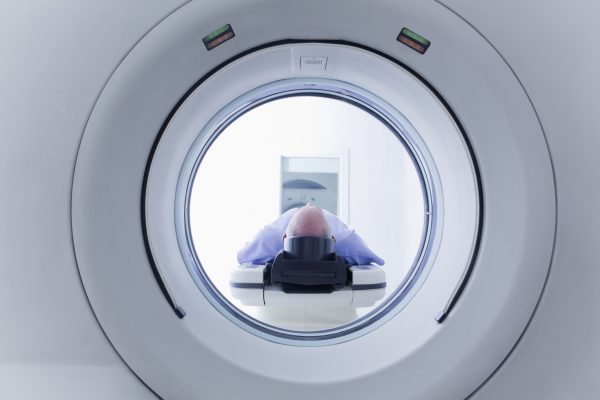
Haemophilia is a rare, hereditary disease that mostly affects men. Haemophilia occurs in two sub-types: haemophilia A and haemophilia B. In haemophilia A, there is a lack or total absence of coagulation factor VIII. In haemophilia B, there is a serious shortage or total absence of coagulation factor IX. Haemophilia is deemed severe with plasma factor levels lower than 1 IU/dL. With factor levels between 1-5 IU/dL or between 6 and 30 IU/dL, haemophilia is classified as moderate or mild respectively.1
The lower the levels of the coagulation factor, the more severe the haemophilia. When the coagulation factor is entirely absent, internal bleedings can arise in joints, muscles, organs or soft tissue. Without treatment, this can cause serious damage to the musculoskeletal system.
Haemophilia is present in around 1:10.000 people worldwide and about 85% of the patients suffer from haemophilia A.2 In Belgium it is estimated by patient organisation AHVH that there around 1,000 patients, of which 810 suffer from type A haemophilia, and 175 from type B.
Until now, there did not seem to be a huge clinical difference between the two types. However, a new study from dr. Ullman and colleagues from Houston (USA) has provided the new insight that haemophilia B patients show better outcomes in several clinical variables. The researchers reviewed several studies that compared the two subtypes.3
On average, haemophilia A patients ranked higher on the haemophilia severity score than haemophilia B patients. Furthermore, haemophilia A patients required arthroplasty more often, to repair or replace their joints. Additionally, severe haemophilia A patients suffered from more bleedings than severe haemophilia B patients. This was true for both internal and external bleeding.3
Moreover, haemophilia B patients required a lower dosage of the missing coagulation factor (on average 0,29 IU) compared to A (on average 1,66 IU). The percentage of patients that regularly needed to receive prophylaxis was also lower in B (32%) than in A (69%). This resulted in an overall lower total factor consumption in haemophilia B patients.
These clinical differences might originate from the more severe mutation that causes haemophilia A. In severe haemophilia A, 80% of the mutations causing the disease are null-mutations. These mutations (inversion, nonsense mutations or large deletions) cause a complete absence of the coagulation factor VIII.4 In severe haemophilia B, 60% of the clinical mutation are non-null-mutations, like missense mutations, single base pare deletions or insertions. These non-null-mutations allow synthetisation of tiny amounts of the coagulation factor.5 This might cause the less severe clinical effects.
The AHVH is the Belgian patient association for people with haemophilia. Visit their website here.